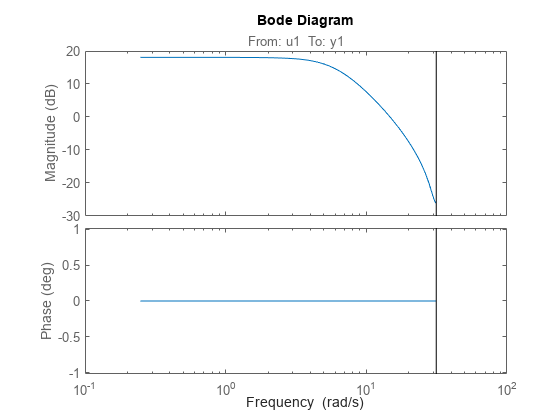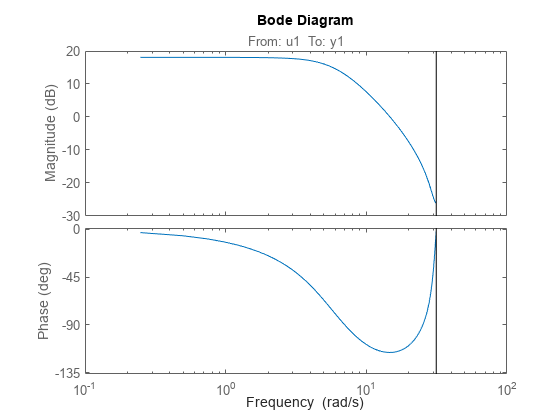addMinPhase
Description
datac = addMinPhase(data)data.
Use addMinPhase to generate phase information for any complex
vector H(w) for which the measured magnitude
|H| is available but not the phase. addMinPhase
assumes that H(w) represents the frequency response of
a minimum-phase stable linear system.
When data is numeric, the sample time is assumed to be one second
and the frequency is assumed to be linspace(0,pi,size(data,1)).
Examples
Input Arguments
Output Arguments
Version History
Introduced in R2022b

